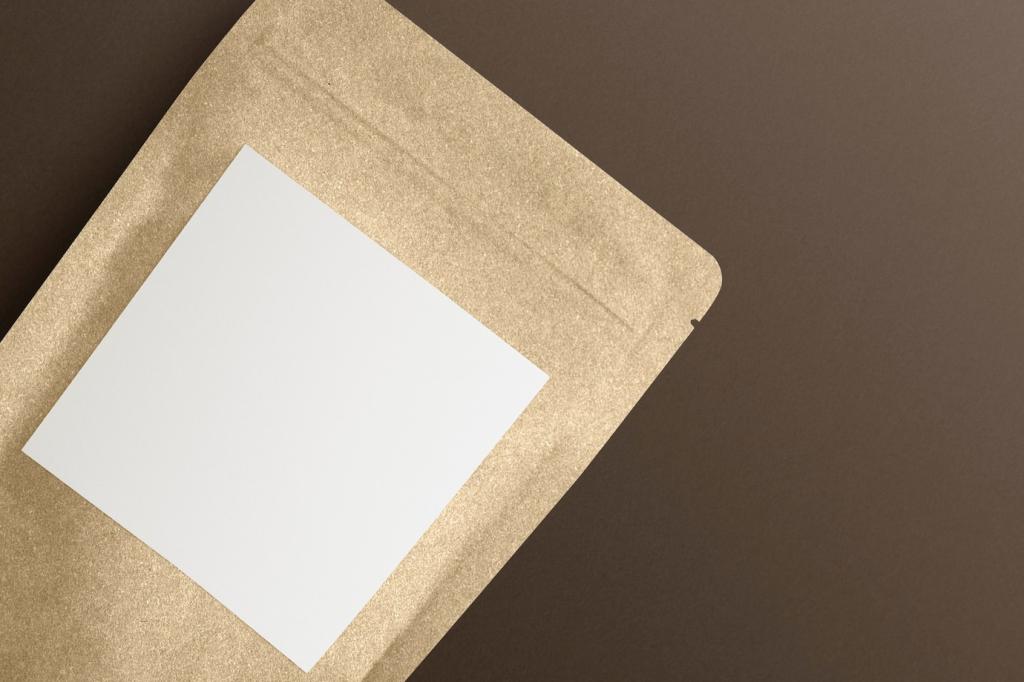Sustainable Materials for Eco-Friendly Interiors
Eco-friendly interiors are designed with both beauty and responsibility in mind, focusing on materials that lessen environmental impact and nurture healthy living spaces. Sustainable materials not only support efforts against climate change but also enhance the well-being of inhabitants by minimizing toxins and promoting renewable, ethical sourcing. As global awareness about the environmental footprint of design grows, choosing materials that balance durability, resource efficiency, and style becomes increasingly essential. This guide delves into the world of sustainable design choices, revealing how they can transform interiors into harmonious, environmentally conscious sanctuaries.
Reclaimed Wood: Giving New Life to the Old
Unique Aesthetics and History
One of the most compelling aspects of reclaimed wood is its singular appearance and rich backstory. Unlike mass-produced materials, it bears the marks of time, with knots, nail holes, and varying grains revealing its journey. Integrating reclaimed wood into interiors provides a tactile link to the past, fostering a sense of continuity and nostalgia. This uniqueness ensures that no two projects are ever the same, making each space genuinely one-of-a-kind.
Environmental Benefits of Reuse
Rescuing wood from demolition sites or discarded structures helps to conserve forests by minimizing demand for freshly harvested trees. This conscious reuse conserves natural habitats, saves energy required for processing new lumber, and diverts waste from landfills. Moreover, reclaimed wood often stands as durable as new timber, sometimes even more, thanks to the slow-growth origins and natural weathering it has undergone, enhancing its strength and longevity.
Versatility in Application
Reclaimed wood adapts seamlessly to various interior applications, from dramatic feature walls to striking floors, rustic beams, and bespoke furniture. Its versatility enables designers and homeowners to craft spaces that feel inviting and layered with history. Because reclaimed wood can be sourced in a variety of colors and finishes, it pairs well with modern, eclectic, or traditional design schemes, blending sustainability with stylistic flexibility.
Previous slide
Next slide

Recycled and Upcycled Materials: Creative Resourcefulness
Turning Waste Into Value
Recycled materials redefine the concept of waste by offering new functions for items that otherwise would be discarded. For instance, discarded glass can be melted down and molded into vibrant countertop surfaces or decorative tiles, while recycled metal finds new life as chic lighting fixtures or furniture frames. This transformation not only adds visual interest but also highlights the endless possibilities of material innovation.
Expressive, Eclectic Design
Upcycled objects introduce an eclectic flair into interiors, telling stories of reinvention and adaptability. Whether it’s a factory pallet reimagined as a coffee table or vintage textiles crafted into wall-hangings, each piece reflects the hand of the maker and the ingenuity involved in its creation. These accents can inject color, texture, and personality into a space, while still adhering to eco-friendly objectives.
Reducing Environmental Footprint
Utilizing recycled and upcycled materials cuts down on energy and water consumption, which are often significant factors in manufacturing new products. By choosing goods made from reclaimed resources, designers and homeowners actively participate in closing the loop of material life cycles. This practice not only conserves natural resources but also inspires others to embrace similar sustainable approaches in their own interiors.
Natural and Non-Toxic Paints and Finishes
Natural paints and finishes, derived from ingredients like clay, chalk, plant oils, and mineral pigments, help to minimize indoor pollution. VOC-free and low-emission formulas ensure that rooms remain free from toxic fumes, which can lead to respiratory issues and other health problems. Prioritizing non-toxic finishes makes interiors safer, particularly for sensitive individuals such as children or those with allergies.
Previous
Next
Extraction and Renewal Process
Cork’s sustainability stems from its unique harvesting process: skilled workers carefully strip the bark every nine years, allowing the tree to regenerate and continue absorbing carbon dioxide. This method preserves the longevity of cork forests, which play an important role in supporting biodiversity and preventing soil erosion. The bark’s swift regrowth reinforces cork’s place as a highly responsible raw material.
Comfort and Health Benefits
Beyond its environmental attributes, cork offers palpable benefits within the home. Its natural elasticity eases strain on joints, making it a pleasant surface for kitchens and playrooms. Cork’s antimicrobial properties reduce the likelihood of mold and allergens, fostering healthier indoor environments. Its ability to absorb sound also creates quieter, more relaxing spaces—an attribute highly valued in open-plan homes and busy offices.
Versatile Design Possibilities
Cork comes in a range of finishes, from classic honey tones to stained and patterned designs that suit various decor styles. Its adaptability extends to wall panels, furniture, and even soft accessories, adding warmth and character to both modern and traditional rooms. Cork’s unique texture and eco-credentials make it a standout material for those seeking sustainability without sacrificing design innovation.

Benefits of Organic Fibers
Certified organic textiles stem from farming practices that honor soil health, water conservation, and worker welfare. These materials are free from toxic chemicals, reducing the risk of skin irritations or allergic reactions. Their breathability, softness, and vibrant natural colors create a welcoming, comfortable retreat within any room, while their production leaves a lighter mark on the environment.
Reclaimed and Recycled Fabrics
Recycled textiles transform post-consumer waste into new, durable fabrics. PET plastics, for example, are spun into soft, hard-wearing threads for use in cushions and area rugs. Similarly, discarded clothing and textile scraps are processed into new materials, decreasing landfill waste and closing the manufacturing loop. This resourcefulness results in vibrant, textural surfaces that tell a story of innovation and responsibility.
Color, Pattern, and Customization
Eco-friendly textiles do not limit design possibilities—in fact, they open doors to artistic expression. With a spectrum of dyes produced from natural sources and innovative weaving techniques, designers can achieve captivating patterns and palettes. Customization is often available through small-batch production and artisan collaborations, allowing for interior spaces that are both ethical and deeply personal.
Stone and Clay: Enduring Earthly Elegance
Longevity and Minimally Processed Nature
Stone and clay require little alteration from their natural state, preserving inherent qualities while reducing energy-intensive manufacturing. Their durability stands the test of time, sometimes lasting for centuries with proper care. Selecting locally sourced stone or handmade clay tiles further diminishes transportation impacts, supporting local craftspeople and minimizing a project’s carbon footprint.
Thermal and Acoustic Properties
Both stone and clay offer valuable functional benefits in interior environments. Their thermal mass helps regulate indoor temperatures, keeping rooms cooler in summer and warmer in winter—an asset for energy efficiency. Clay-based plasters are also excellent at moderating humidity and improving acoustics, fostering comfortable, serene living spaces.
Visual Texture and Natural Variation
The organic textures and colors of stone and clay add a tactile richness to interiors. Each slab or tile possesses slight differences in hue, veining, and surface texture, ensuring a natural, layered aesthetic. Whether used for flooring, wall finishes, or sculptural accents, these materials deliver understated elegance that elevates sustainable design narratives while standing firmly rooted in nature.
